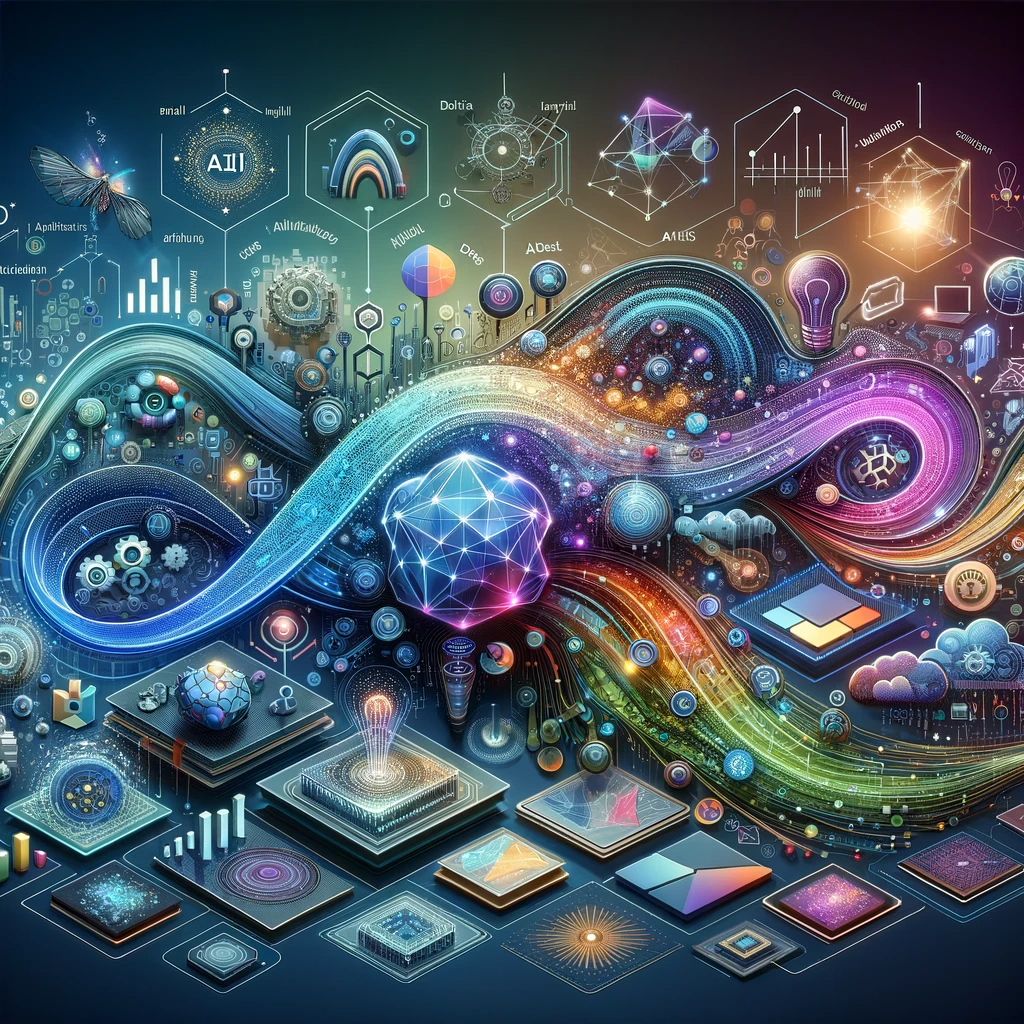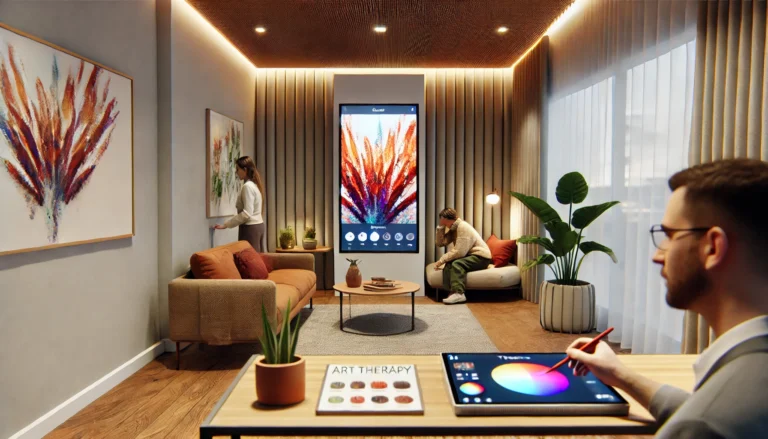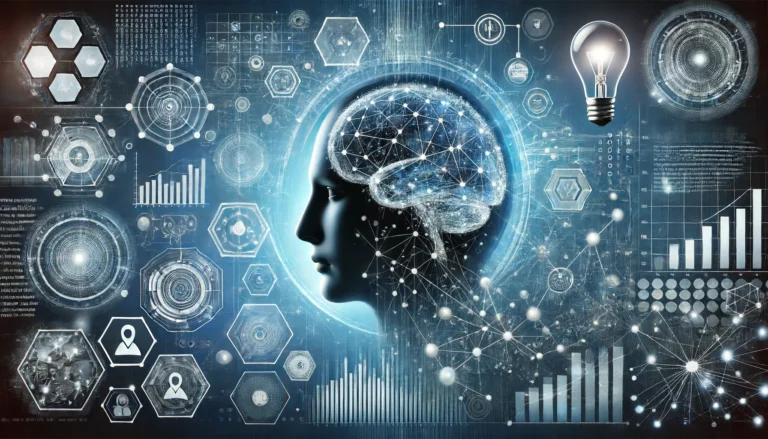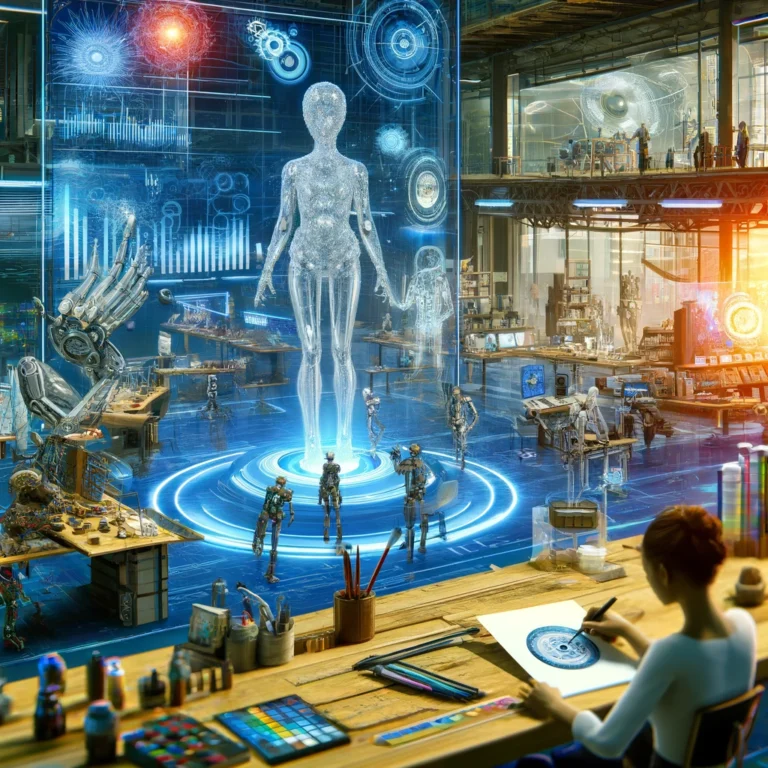Scientific Elaboration on the Integration of Generative AI in Business Paradigms and Data Trends
In the realm of contemporary business operations, generative AI has emerged as a pivotal innovation, manifesting a transformative influence on traditional methodologies. The integration of these systems transcends rudimentary automation, venturing into the realms of cognitive automation and creative ideation. Deployments of generative AI have been observed across a spectrum of business functions including but not limited to marketing, sales, product development, and service operations. The propulsion of these technologies into the corporate sphere is underpinned by empirical evidence, with a significant proportion of surveyed companies incorporating these tools into their workflows.
Industries are on the cusp of substantial metamorphosis due to generative AI’s capabilities, with a prognostication that within a trifecta of years, competitive landscapes will undergo profound alterations. Despite the optimism, a discernible gap in preparedness for the ubiquitous application of generative AI is apparent, particularly in the domains of risk management, primarily concerning data veracity and the mitigation of erroneous outputs.
In parallel, the domain of data science is undergoing a rapid evolution, characterized by an increased reliance on cloud-based big data ecosystems, actionable analytics, Data as a Service (DaaS), augmented analytics, and cloud automation. These trends are converging towards a holistic data management ethos, emphasizing operational efficiency and the extraction of actionable insights for strategic decision-making.
Advancements in the Confluence of AI, Data Science, and Design Disciplines
The confluence of AI and data trends with design practices is precipitating a renaissance in the design landscape. Design professionals are increasingly harnessing the potential of AI to streamline creative processes, thus amplifying productivity and fostering innovation. Augmented analytics has emerged as a critical tool, empowering designers to distill and interpret voluminous datasets, thereby informing and enhancing the design process. This symbiosis of AI, data, and design is engendering a novel epoch of digital creativity, wherein design is reconceived not merely as an aesthetic endeavor but as a conglomeration of intelligent, data-informed solutions that evolve in tandem with user exigencies and predilections.
In essence, the trajectories of AI, data science, and design in the year 2023 are converging towards a nexus of interconnectedness and intelligence that is redefining the fabric of business and creative industries. The ascendancy of generative AI and sophisticated data analytics portends a future of transformative changes across sectors, particularly those grounded in knowledge-intensive activities. Concurrently, there is an emergent imperative for strategic preparedness and comprehensive risk management to navigate the challenges accompanying these technological advancements.
Navigating the Intersection of AI, Data, and Design: Challenges and Prospects
The intersection of AI, data science, and design presents a dual-edged sword of challenges and prospects. The burgeoning reliance on generative AI necessitates the formulation of robust risk management frameworks to address the inherent inaccuracies of generative models. The swift integration of these technologies across various business functions demands an in-depth comprehension of their limitations and the construction of countermeasures to circumvent potential adversities.
Moreover, the integration of AI and data trends is anticipated to precipitate a significant recalibration of workforce dynamics. Certain roles may become redundant, while new categories of employment will burgeon, necessitating widespread initiatives for reskilling to accommodate the shifting technological landscape.
Conversely, the fusion of AI with data-driven design methodologies heralds untapped opportunities for creativity and innovation. Designers, now equipped with AI-generated insights, are positioned to tailor their creations to the nuanced preferences of users, thereby elevating the consumer experience and aligning product offerings with market demand.
The adoption of cloud-centric big data and DaaS infrastructures is facilitating organizations in the management and analysis of expansive data repositories with heightened efficiency, culminating in more informed decision-making paradigms. Augmented analytics stands out as a transformative element, providing unprecedented predictive insights and analytical depth previously beyond reach.
Prospective Horizons and Ethical Considerations
Looking forward, the synergy between AI, data science, and design is poised to continue its evolutionary trajectory, presenting an array of challenges and opportunities. Organizations must remain nimble and responsive to the swift pace of technological evolution, ensuring their workforce is adeptly equipped and their operational strategies are attuned to emergent trends.
A paramount consideration is the ethical deployment of AI and data within design and other domains. As AI becomes increasingly embedded within the design process, it is imperative to contemplate the ethical ramifications of AI-generated designs and to rigorously examine potential biases in data-informed decision-making.
Furthermore, the ongoing trend towards cloud automation and its amalgamation with AI and data analytics is likely to persist, propelling advancements in data processing and analytical capabilities.
In summation, the interplay of AI, data science, and design in 2023 delineates a period of transformative potential where these disciplines are becoming ever more interlinked. While this convergence promises substantial opportunities for innovation and growth, it also presents challenges that must be navigated through meticulous planning, ethical scrutiny, and strategic investments in technological capabilities and human capital. Moving forward, the interdependency between AI, data, and design will likely be a defining characteristic of various industries, charting the next boundary of digital innovation and creativity.










